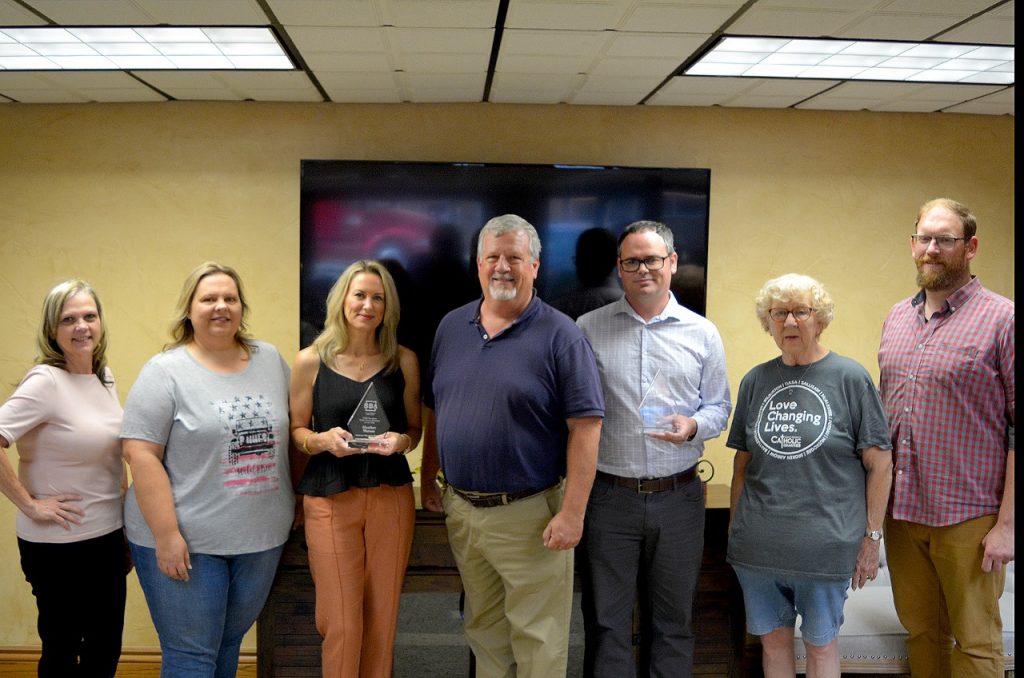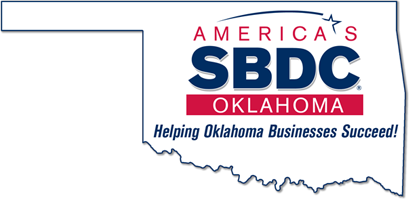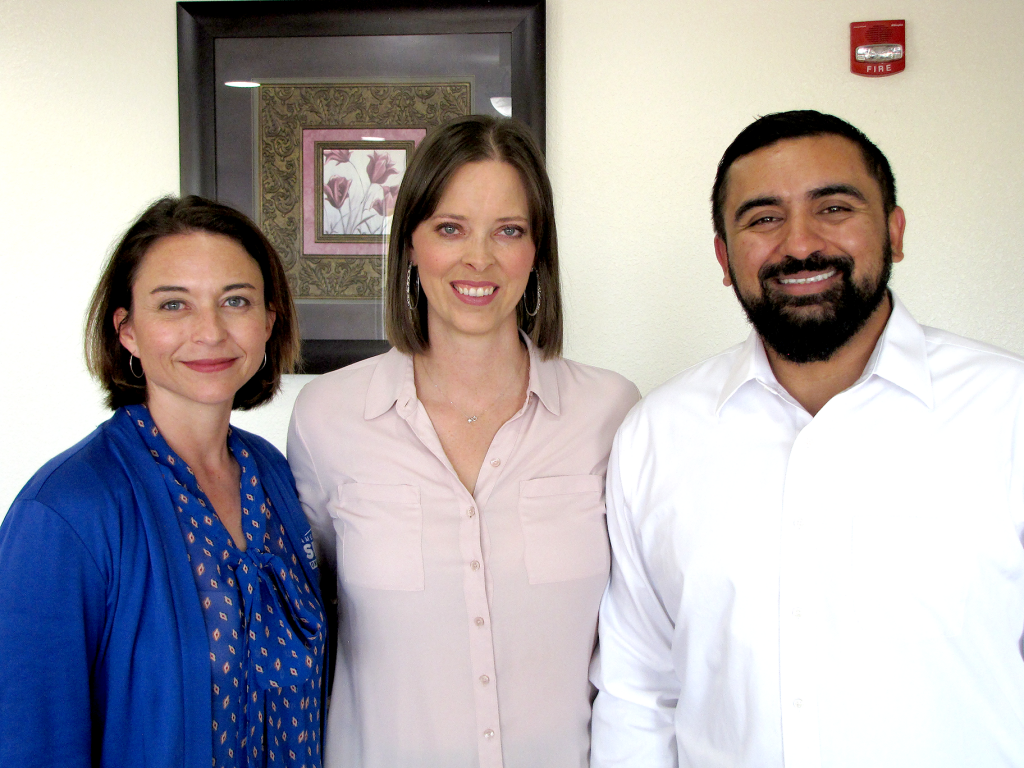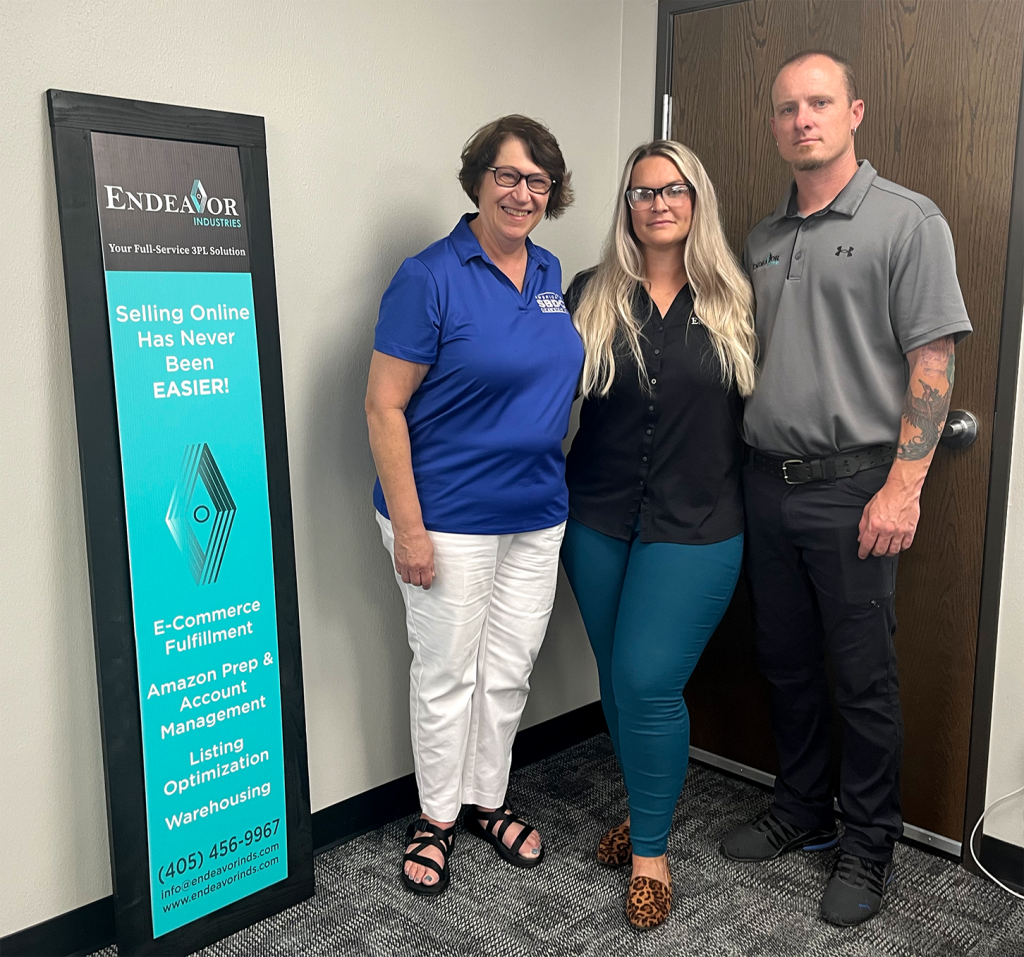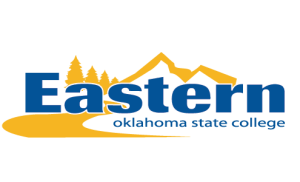Contract Delivery
Business continuity
The Center for Organizational Studies at the University of Wisconsin-Green Bay examined what sets apart small businesses that recover from those that fail after being affected by a disaster. The research report, written by Daniel J. Alesch, James N. Holly, Elliott Mittler and Robert Nagy, looks at the factors and variables that interact in complex ways to affect small business recovery. Five variables were found to be critical to long-term survival of an organization after a natural disaster:
- The disaster’s impact on the organization’s clientele. If the organization’s clientele is displaced from the area following the disaster, it is much more difficult for the organization to survive, because it will have to completely rebuild its client base.
- The availability of convenient substitute goods or services. If substitute goods or services are easily available while the organization is shut down after a natural disaster, it will be more difficult for the organization to maintain its client base.
- Pre-disaster major trends in the organization’s industry and the individual organization’s position in relation to those trends. If the organization is in a declining industry, it is less likely to recover, especially if the organization’s business is already declining.
- The extent of financial resources lost by the organization. The fewer financial resources the organization has to rebuild, relocate or take other appropriate action, the less likely it is to survive.
- The owner/operators ability to adapt to the new business environment. If the owner/operator is unable to appreciate the change in the business environment and make the necessary changes, the organization is less likely to survive.
Reacting to a natural disaster or emergency not only means ensuring the immediate safety of employees, but also planning how the business will continue to function in the aftermath. Limiting the amount of time your business is closed after an emergency situation is crucial; according to a 2006 survey by Harris Interactive, about 51 percent of companies said their customers would tolerate only a few hours of unplanned down time.
After you’ve made plans to ensure the safety of your employees, the following advice can help keep your business operating and meeting your customer’s needs in the wake of a disaster.
Getting organized
Contact all employees to provide them with a status report and assign tasks. As needed, appoint liaisons from your office to work with each of the following entities:
- Building management
- Health department
- Emergency management agencies
- Other governmental agencies
- Utility companies, including electric, gas, water, phone
- Insurance agent
- Banker
- Key vendors
- Post office
- Other vital services
Contact vendors/suppliers to confirm their emergency response plan procedures. Establish a succession of management for the company. Determine who will manage the company if key leaders are unavailable. Communication is the key to maintaining clients and customers. Let your customers/vendors know your company’s status and when your business will assume normal operations. Be prepared to use alternate vendors for essential supplies and equipment depending on how much they were impacted by the disaster.
If your property is safe to enter, gather up all available paper records and begin the process of assessing damage, sorting and prioritizing restoration. Paper records damaged by water will begin to deteriorate within two to three hours; mold, fungal and bacterial growth will occur within 24 hours. Specific procedures must be followed in order to properly dry or freeze documents. (Freezing will preserve paper for up to six years for later drying.) If necessary, access extra checks stored off-site. Contact your bank for replacement checks.
Establish an emergency communication system to help your business communicate with employees, customers and vendors. This could involve setting up an emergency hotline and recorded message or arranging for a forwarding number. Keep in mind that after a disaster, it is often easier to make outgoing calls than to receive incoming ones. Therefore, it may be necessary to designate a contact outside the disaster zone who can act as a clearinghouse for information.
Post updates on social media sites, your business’s website and any other resources to communicate with your business network.
Alternative location
Determine alternate locations for your business to operate if you are displaced from your current building. This could mean enabling employees to work from home or finding an alternate location for your office. Depending on the size and location of your business, possibilities include hotels, motels, trailers, recreational vehicles, mobile food carts, space in other companies or firms with which you are associated, space in a satellite office, other suitable space in your existing building or space in your home.
If necessary, contact the post office about an alternate delivery location. Post a sign at your old location directing people to your temporary location. Consider advertising that temporary location in the local newspaper, and encourage customers to contact you to touch base. Be sure that anyone answering the phone informs all callers of your new location. Communicate all news and changes to your business on your website and social media.
Equipment
If necessary, contact vendors to lease equipment or permanently replace damaged items (computers, network servers, printers, fax machines, copier, postage meter, desks, chairs, etc.). If your computers have been damaged from the disaster, get professional assistance to help in the recovery and repair of your computer system. Make it clear that your top priority is the data, not the equipment itself. A reputable repair shop can clean and test the system and, if necessary, use a package such as Norton Utilities to recover your data. More likely than not, the data stored on the hard drive can be recovered.
Contracts FAQ
If my business was physically destroyed or damaged by the disaster, do my contracts for goods and services need to be performed?
It depends. A party will be relieved from its obligation to supply goods or perform services if, without the party’s fault, performance of the contract has become impossible. However, the impossibility must be “objective” in the sense that no one can perform the contract. For example, a contract to clean a house that was destroyed would be impossible to perform. If reasonable alternative means for performance of the contract are available, impossibility likely will not apply. However, other legal doctrines, as described below, may apply.
My business has not incurred damage; however, my business has deteriorated substantially after the disaster. Do my contracts for goods and services need to be performed?
Yes. Typically, impossibility excuses a party’s performance only when the destruction of the subject matter of the contract or the means of performance renders performance impossible. In addition, a party may be excused from performing its contractual obligations if performance is found to be impracticable. If a party has other ways to perform the obligations and only one option is precluded, that is not generally considered impracticable, even if the remaining option is more burdensome or more expensive.
Does a “force majeure” clause in a contract that my business has with another party automatically relieve the other party of its liability under the contract?
No. A “force majeure” clause is a provision in a contract that excuses a party to the contract from performing because of the occurrence of an event beyond the party’s control. The other party may or may not be liable depending on the provisions of the force majeure clause. A party may excuse itself from liability under a force majeure clause only by showing that the event preventing its performance was contemplated by the force majeure clause.
A force majeure clause may be drafted broadly (to include a few events such as an “act of war” and a catch-all phrase such as “or other events beyond its control” or “unavoidable causes”) or more narrowly (listing the specific events that prevent performance and including only a narrow catch-all). Even if the contract does not contain a force majeure clause, or if the clause is not broad enough to include the events surrounding the disaster, it is possible that a contract will not be enforced due to “impossibility” and related doctrines discussed above.
If the business owner or key employee is incapacitated, does the business still need to perform contracts of personal service?
No. If the primary purpose of a personal services contract is to permit a specified person to perform in a certain manner, there is an implied intent by the parties to hold each other liable only if the health and life of that person permits continued performance. To be covered under this general rule, the act or acts to be performed must be ones that can be performed only by the particular individual named in the contract.
What happens to advances received from third parties (or given to third parties) where the performance of the contract is excused?
If goods or services are not supplied, advances must be returned.
What if I can no longer deliver or accept goods under my contracts? Can someone else perform on my behalf?
Absent a provision in the contract prohibiting assignment, a party may be able to delegate or assign its duties or rights under a contract to someone else unless the other party has a substantial interest in having the original promisor perform the acts required by the contract. The rights of the buyer or seller also may be assigned unless the assignment would significantly change the duty of the other party, increase the burden or risk imposed on him by the contract or significantly impair the chance of obtaining return performance. Parties delegating or assigning duties will still be liable under the original contract. Many commercial contracts provide that duties of the buyer and seller cannot be delegated or assigned without the prior written consent of the other party.
Liability for damaged property
What if goods that were paid for by the buyer were destroyed before they could be delivered?
In the absence of an agreement to the contrary, risk of loss of goods subject to sale passes in the following manner: (1) if a contract requires physical delivery of identified goods to a specific destination, title passes on tender of the goods at that destination; (2) if the contract does not specify a place of delivery, title passes at the time and place of shipment; (3) if delivery is to be made without moving the goods, title passes at the time and place documents of title are to be delivered; and (4) if no documents of title are delivered, title passes at the time and place of contract. An insurance policy may cover damage to or destruction of the goods.
If I have equipment that was either leased or purchased on credit and is now destroyed or damaged, am I obligated to continue making payments on the equipment?
This question is usually governed by the terms of the specific contract, lease or credit agreement. In addition, the loss of equipment could be covered by an insurance policy. If the equipment was not covered by an insurance policy, most likely payments must continue to be made.
Is my business liable for damage to a customer’s property caused by the disaster, flooding or looting? Is my dry cleaner or laundry business liable for damage to customers’ clothing that was in the store? Is my jewelry/TV/watch repair store liable for damages to customers’ property that was in the store for purposes of repair or maintenance?
Probably not. When the owner of personal property (a bailor) delivers the property to another (a bailee) for a particular purpose, with the understanding that the property must be returned to the owner, a bailment contract is formed. In each of the three situations above, a bailment relationship exists for benefit of both parties because the bailee receives compensation and the bailor receives a service. Therefore, the bailee would only be liable to the bailor for property damaged through the bailee’s negligence. Because the relevant legal standard is the bailee’s negligence, it is necessary to consider how the property was damaged or lost and what actions the bailee took to protect it.
Destruction caused by the disaster or looting would not likely be a breach of the bailment contract. However, the other jewelry stores carried customer merchandise out of the store and one jeweler did not, then that jeweler may be deemed negligent. In addition, if all dry cleaners except one locked the door when evacuating, that dry cleaner may be deemed negligent if a customer’s clothes were stolen.
Lost checks or correspondence
If, for example, my insurance payment premium was due on April 30 and the payment was sent on April 27, would the policy cover damages that occurred on August 29, even if the payment was not received on the actual due date or was destroyed in the mail?
The posting rule (or “mailbox rule” in the U.S., or “postal rule” or “deposited acceptance rule”) is an exception to the general rule of contract law in common law countries that acceptance takes place when communicated. The posting rule states, by contrast, that acceptance takes effect when a letter is posted. One rationale given for the rule is that the offeror nominates the post office as implied agent and thus receipt of the acceptance by the post office is regarded as that of the offeree. The “mailbox rule” or “postal acceptance rule” described above also applies to insurance premiums. Assuming that the insurance company requested that the premium be mailed and the premium payment was mailed in a timely manner, the insurance company is obligated to defend and indemnify the insured party.
What if a check was mailed but it was not received?
There are different alternatives depending on the type of check that was lost:
Checks payable from debtor’s account: A bank customer has a right to stop payment of any item, including a check, drawn on that customer’s account. After the stop payment is made, the debtor may issue a new check without bearing the risk of loss should the bank fail to stop the original check.
Certified checks: Since certified checks are drawn by the bank, the bank is not required to stop payment on lost or destroyed checks and issue replacements unless an indemnity bond of twice the unpaid amount is posted. This serves to protect banks from potential double liability, should a holder of the lost check later present it for payment.
My business has a city contract on which we have performed, but payment on vouchers has been delayed due to the disaster. What action can I take to expedite processing and payment?
Many cities may experience delays in making various contract payments due to the effects of the disaster, a situation that has been impaired by the reallocation of resources. The first step is to try and contact your contract manager who should have the most current information about the agency’s operations. If you cannot locate the contract manager or if he or she lacks information, you can contact the city government. If payment is still not forthcoming, you may be able to file a notice of dispute, depending on the procedures of the city government. You likely will need to continue to supply services during adjudication of any disputes or you will be considered in breach of contract.
